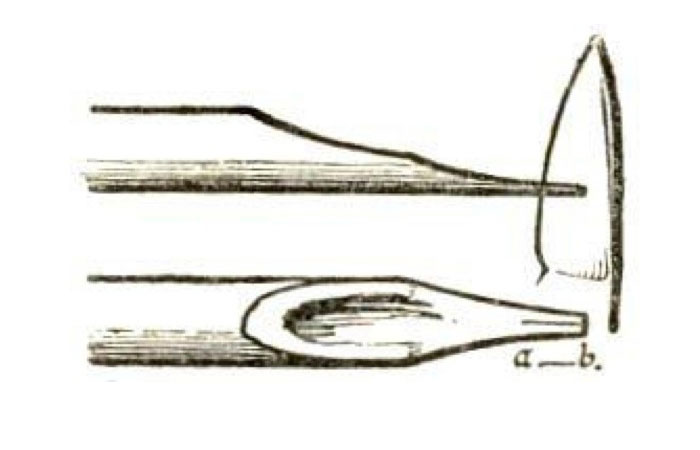Qalam (Kal-ahm)
The qalam is a writing utensil that is revered in the Islamic world as the epitome of wisdom as it symbolized the scholarly pursuit of knowledge. A type of pen made from a cut dried reed, the manufacture of such items was also considered a noble profession. The stems of hollow reeds are cut at specific angles depending on intended script so that they can be used for calligraphy, and the type of reed used varies depending on the specific calligrapher's preferences. Reeds from all over the Muslim world including North Africa, Egypt, Iraq, Arabia, and Anatolia were grown, harvested, and cut for a vibrant trade. It was desired that the qalam should be roughly twelve to sixteen inches long, and could not be too dry as they needed to be a specific balance of not too sturdy and not too flexible.
The qalam, and consequently the pursuit of knowledge, is sacred in Islam, so much so that in the Qur'an Sura 68 is titled "Al-Qalam" or "The Pen". Islamic calligraphy is also sacred as it is the physical presence of the written letters of the Quran. It functioned the way icons did to the Byzantines, as a blessing and protection. This protection, along with symmetrical geometrical shapes, is the cornerstone of Islamic art as actual images of objects, living or otherwise, were forbidden. However, a pen is nothing without ink and the ink used in antiquity was most frequently black or dark brown, and was made from gum arabic, soot, gallnuts, or vitriol. During the 9th century, an influx of paper from China revolutionized calligraphy. While monasteries in Europe treasured a few dozen volumes, libraries in the Muslim world regularly contained hundreds and even thousands of books.
Syres, my protagonist, has spent years studying various subjects, first under Roman Emperor Constantine VII and then when he travelled as an envoy and scholar to Al-Andalus under Abd Al-Rahman III and his son Hakam II. It was here that he learned basic calligraphy styles and the use of the qalam. Of course, in most of Europe, the ink and quill were the dominant utensil for writing. Also, instead of paper or parchment, the European scholars used expensive vellum and hide to make their books.
Item type
Tool
Remove these ads. Join the Worldbuilders Guild











Comments